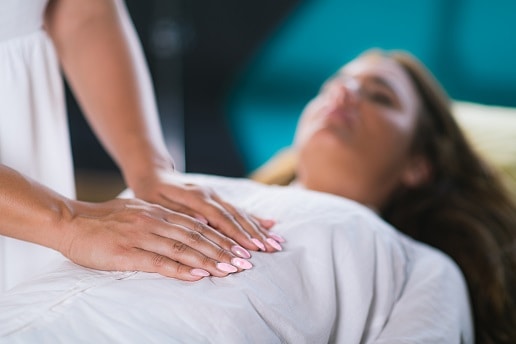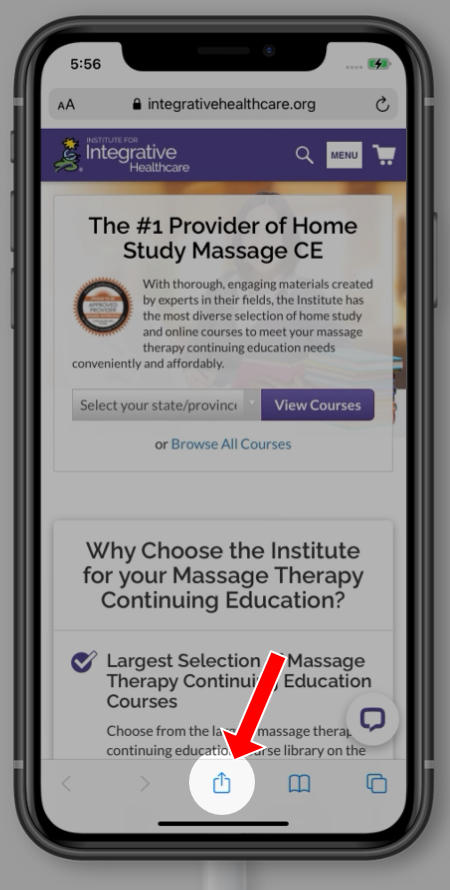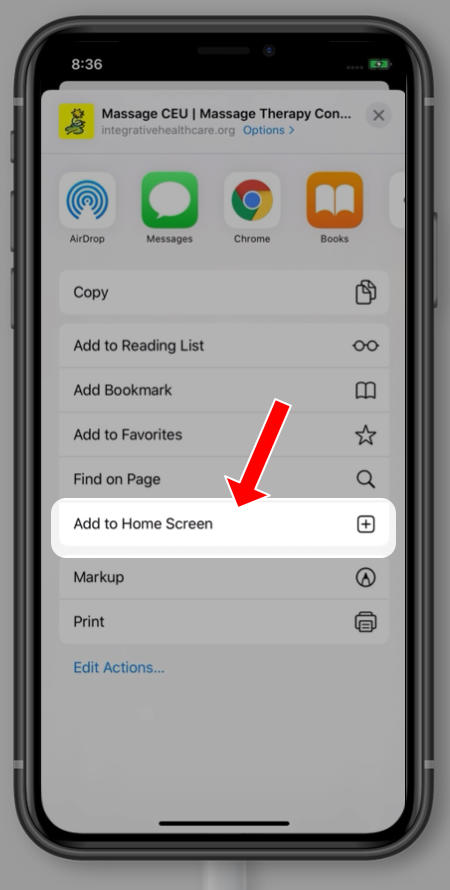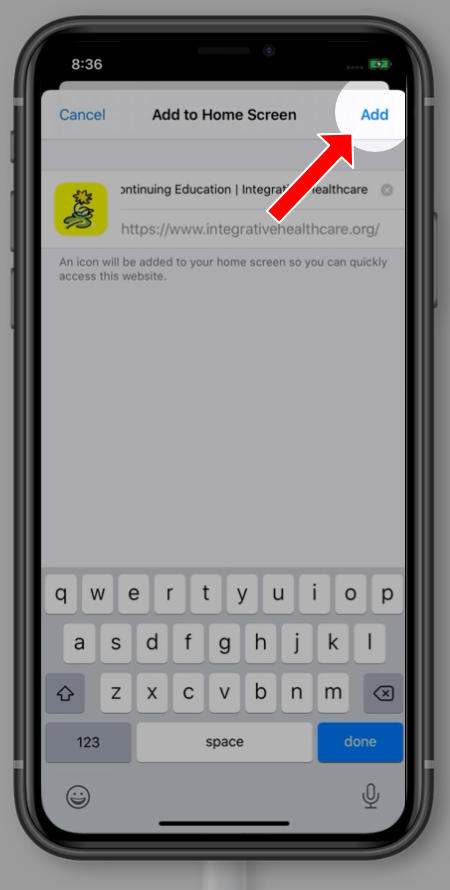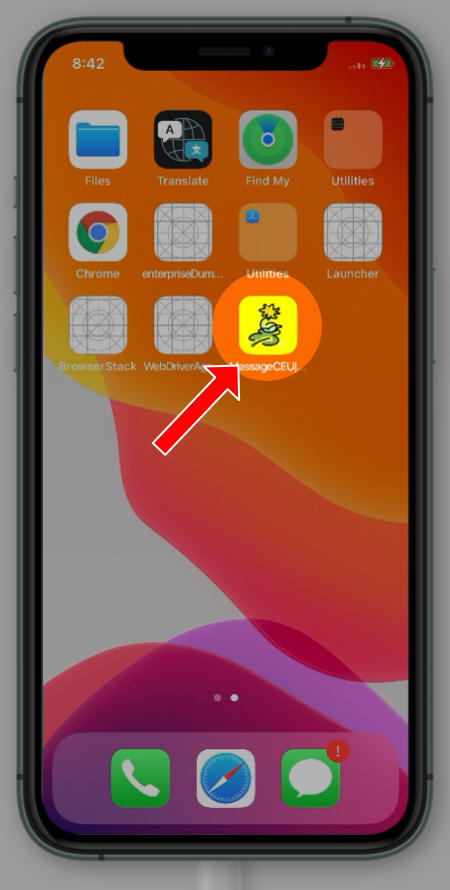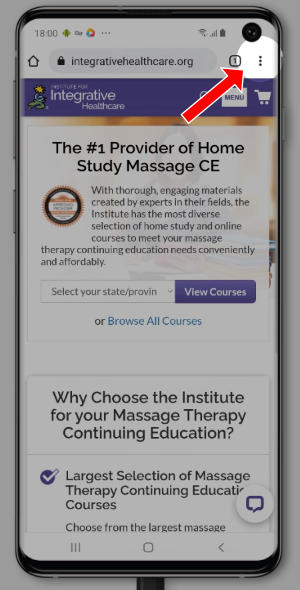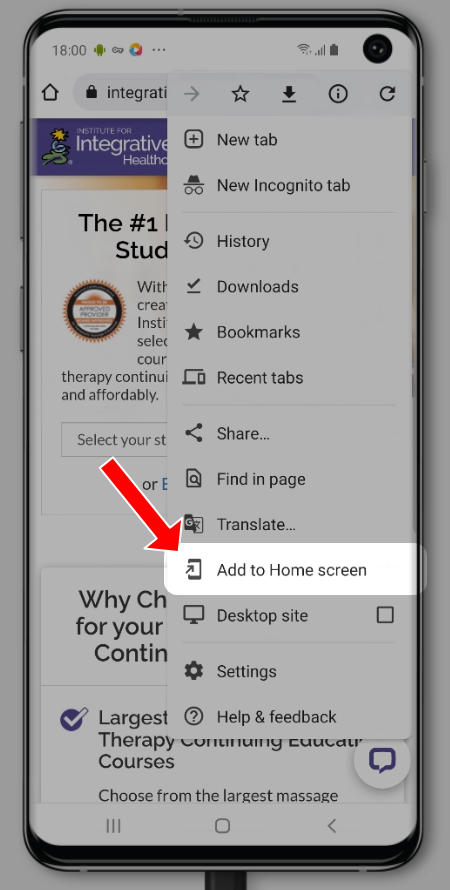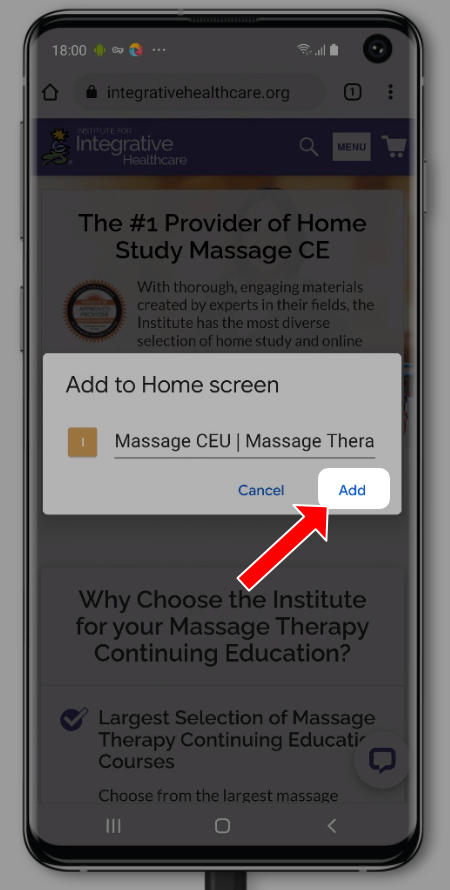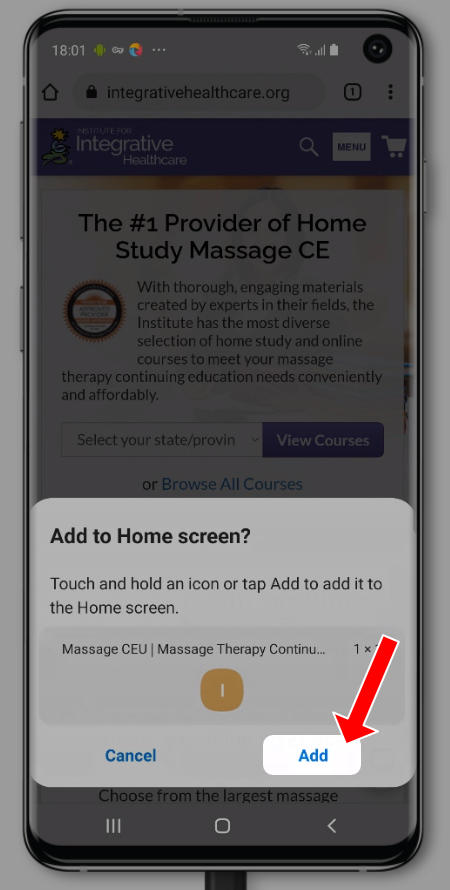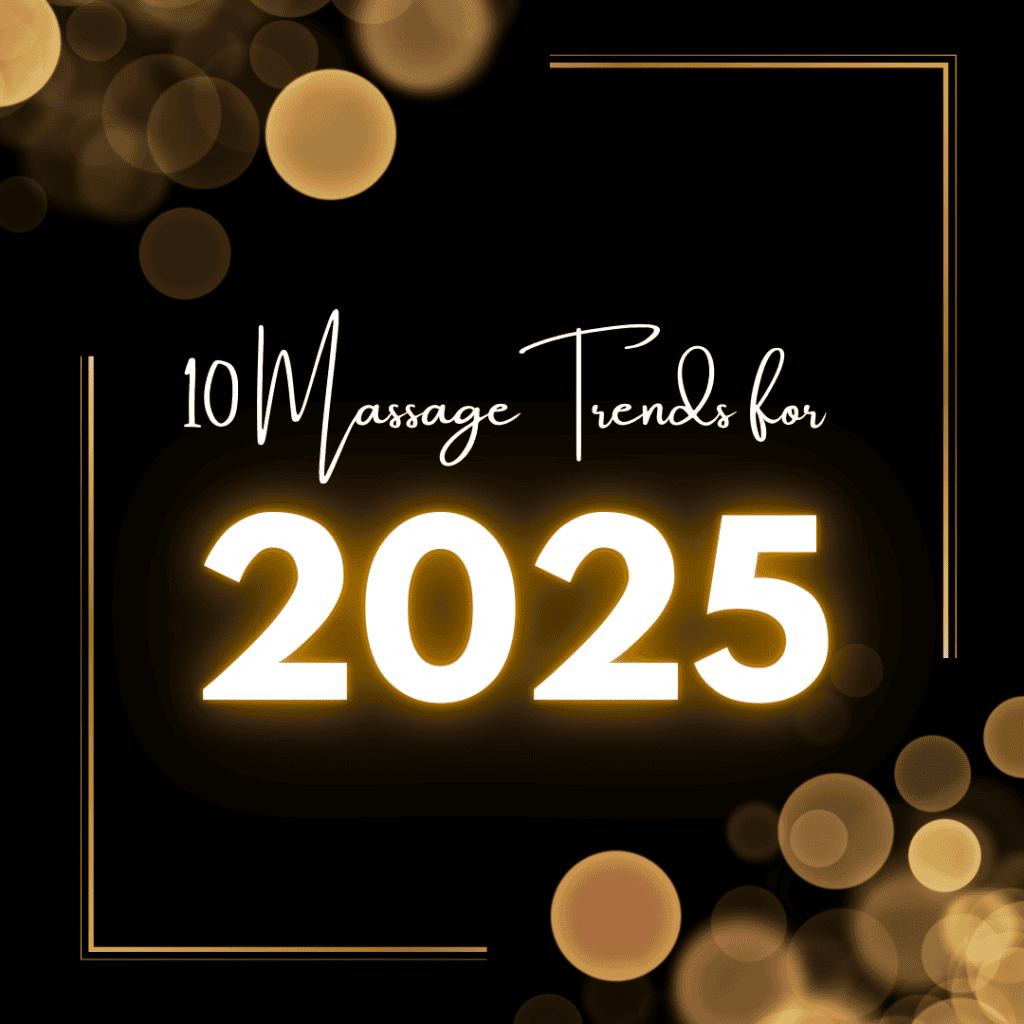

Here is a list of the top 10 trends of our field. Check them out and see which will resonate most with you.
1. Sustainability, Environmentally Conscious Practices
Employing practices that intentionally aid sustainability and environmentally conscious approaches is rewarding in many ways. Ensuring organic products are used, recycling as often as possible, conserving energy usage within one’s practice space, and seeking chemical-free cleaning products are welcome means to honoring these practices.
Linens can be sourced from organically grown cotton produced without the use of pesticides. Organic oils can be more beneficial to many people’s skin than conventional oils which are highly manufactured. Touting an “Eco-Friendly” massage may end up becoming an effective marketing mantra as well.

2. Virtual Wellness Experiences
One ramification of the Covid years was the emergence of telehealth and virtual health coaching, courses and sessions. Although many clients attending these virtual experiences in 2020-2022 have returned to typical in-person sessions, there is a sizeable amount of people who hold preference to the virtual experience.
A massage therapist can hold virtual breathwork, meditation, visualization, energy work and/or teachable self-care sessions with clients.

This may be a good augmentation for certain clients you feel need more follow-up after massage sessions. An example could be if a therapist works on a client in person, then three days later follows up with virtual coaching on health enhancing activities to ensure a client understands how to perform them properly.
3. Emphasis on Mental Health
Focusing on mental health has become a welcome addition to the American healthcare scene. Long held stigmas of mental health are being replaced with an acceptance that addressing mental health is just as (if not more) important than one’s physical health. Many massage therapists can personally attest to seeing within a client’s body how mental health affects the physical body.
There are now numerous courses nationwide (both in person and online) available that express how to aid a client’s mental health within our massage scope of practice. Keep in mind this is the type of content one will need to learn from multiple sources. There are many avenues and approaches to learning about mental health. It will be wise to learn from multiple sources and instructors to gain a depth of knowledge to best support our clients in this manner.
4. Focus on Holistic Care
As the general public continues to pull away from traditional allopathic medicine’s reliance on pharmaceuticals, more people are seeking alternative remedies. Many massage therapists are learning non-traditional health means such as Ayurvedic medicine, Chinese medicine, Reiki and other means founded in a cultural tradition.
These traditions are rich with cultural heritage and depth of wisdom. An introductory course in such subjects will only scratch the surface on knowledge. It is recommended a commitment to learning the esoteric nature of the healing practice, choosing to dive deeply into the nuances and comprehension of the practice, is advised before claiming to know and employ the practice.
5. Evidence-Based Research
There are numerous sources at which one can obtain research pertaining to massage therapy and related bodywork. Among the most popular that will present massage therapy research include:
- Google Scholar
- Pub Med Central
- Google Books
- Touch Research Institute
- Science.gov
- Research Gate
- Library of Congress
- JSTOR online
Additionally, the International Journal of Massage & Therapeutic Bodywork is the main professional journal of our field.
6. Professional Business Development
Attending business courses will enhance one’s professional development in the field. Whether or not these count for Continuing Education (CE) credit, there is great value in learning the nuances of business startup and maintenance. As a massage therapist understands more about business, they end up learning more about working with clients/general public in more professional manners as well.
7. Self Care Management
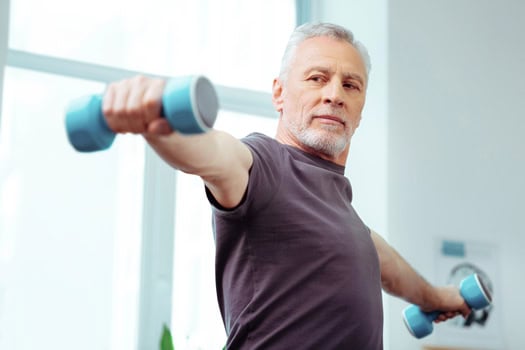
Self care is vital and necessary for career longevity. As many therapists are lasting longer in the field, the realization of self care becomes paramount.
Means towards:
- promoting relaxation
- strength training
- time management
- resource management
- and learning efficient ways to practice are all important to consider.
Give yourself at least 15 minutes of self care to establish a healthy, daily routine.
8. Longer Certification Courses
Many massage therapists are lasting longer in the field. As an educator, I am witnessing more therapists working 30, 40 and even 50 years in the field. These therapists typically want to dive deeper into subjects and learn more than the introductory material presented early in their career and schooling.
There are many schools offering certification programs in clinical subjects. These topics include Lymphatic Drainage, Oncology Massage, Sports Massage, Somatic Healing, Trauma Informed Care and Cupping/Tool Usage courses. Keep in mind the longer the program, the higher the investment. Save your tip money for the top notch educational program you seek.
9. Remaining Competitive with Personalized Care
Massage school enrollments have increased in recent years after a long period of steady decline (accentuated during the Covid years). With more therapists graduating entry level schools, there will be more massage therapists available for general public to see. Ensuring personalized care is key if your market becomes saturated with a large influx of massage therapists.
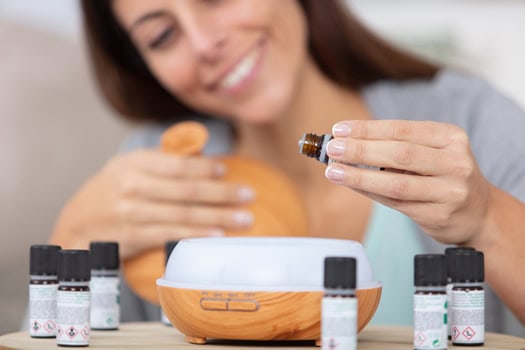
Personalizing sessions can include:
- ways to enhance relaxation during session
- adding tool usage
- adding aromatherapy and/or essential oils
- and creating client specific homework and protocols to ensure their needs are met.
10. Frequency Therapies
Many massage therapists are employing frequency machines to enhance healing. Examples of such devices include Pulsed Electromagnetic Field (PEMF), Frequency-Specific Microcurrent (FSM), Bioresonance Therapy, Rife Frequencies and Cymatic Therapy.
Many of these therapies propose to aid various health conditions and improve quality of sleep, enhance energy and treatment of pain. The premise of frequency therapies is that cellular structures will respond to frequencies of different magnitudes.
It is important to remember to check state laws about machine device usage. Different states may have different regulations about such usage.
Conclusion
Select any of these trends to employ into your massage practice. As massage therapists deepen their practices with greater integration of holistic practices, healing perspectives and further modality choices, it is wise to remember that any technique or style can be effective if performed mindfully.
The art of massage therapy remains in the ability to listen to a client’s body to determine the best fit in the moment. Any modality can work if performed mindfully, witnessing how their body responds to the work.

